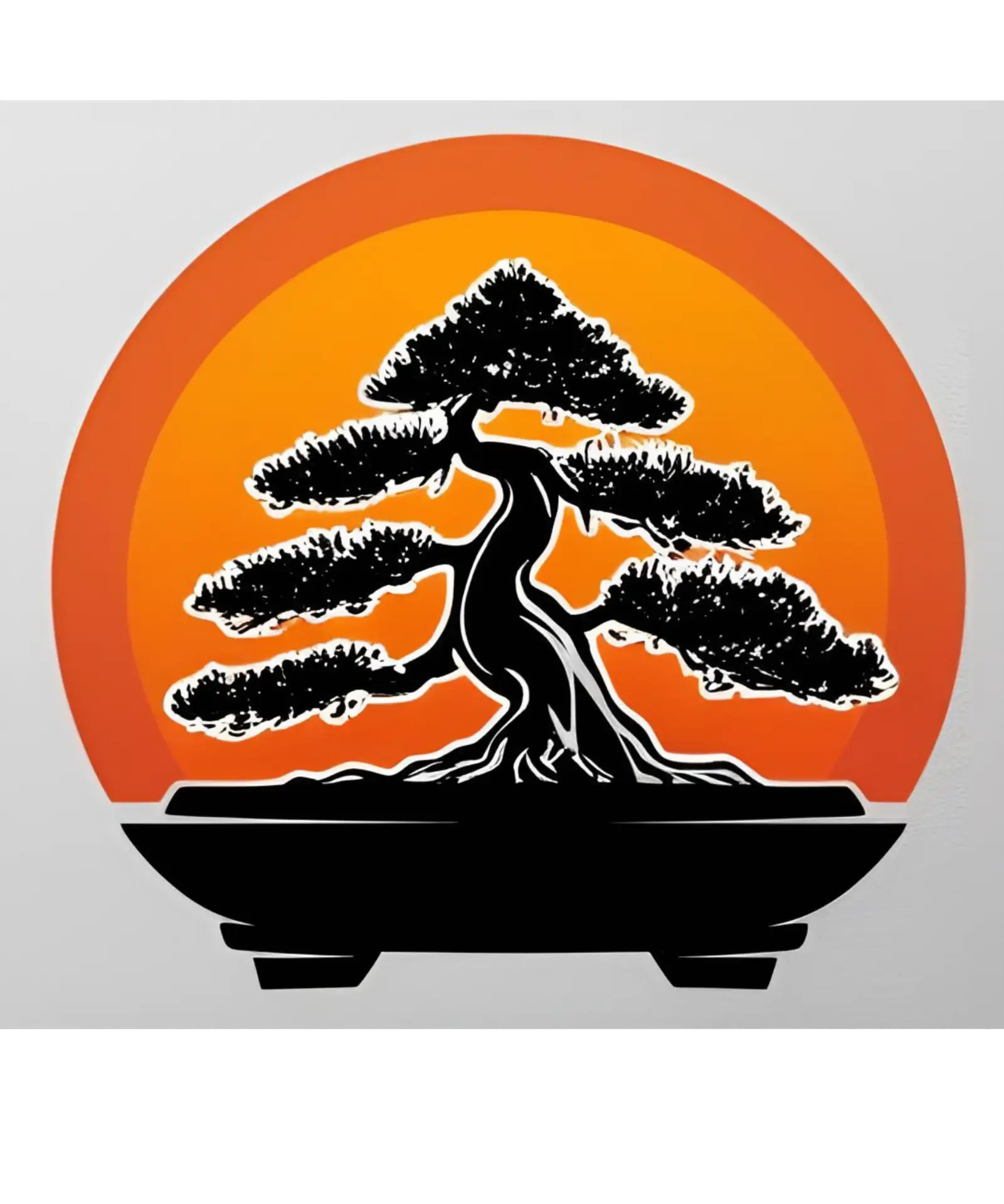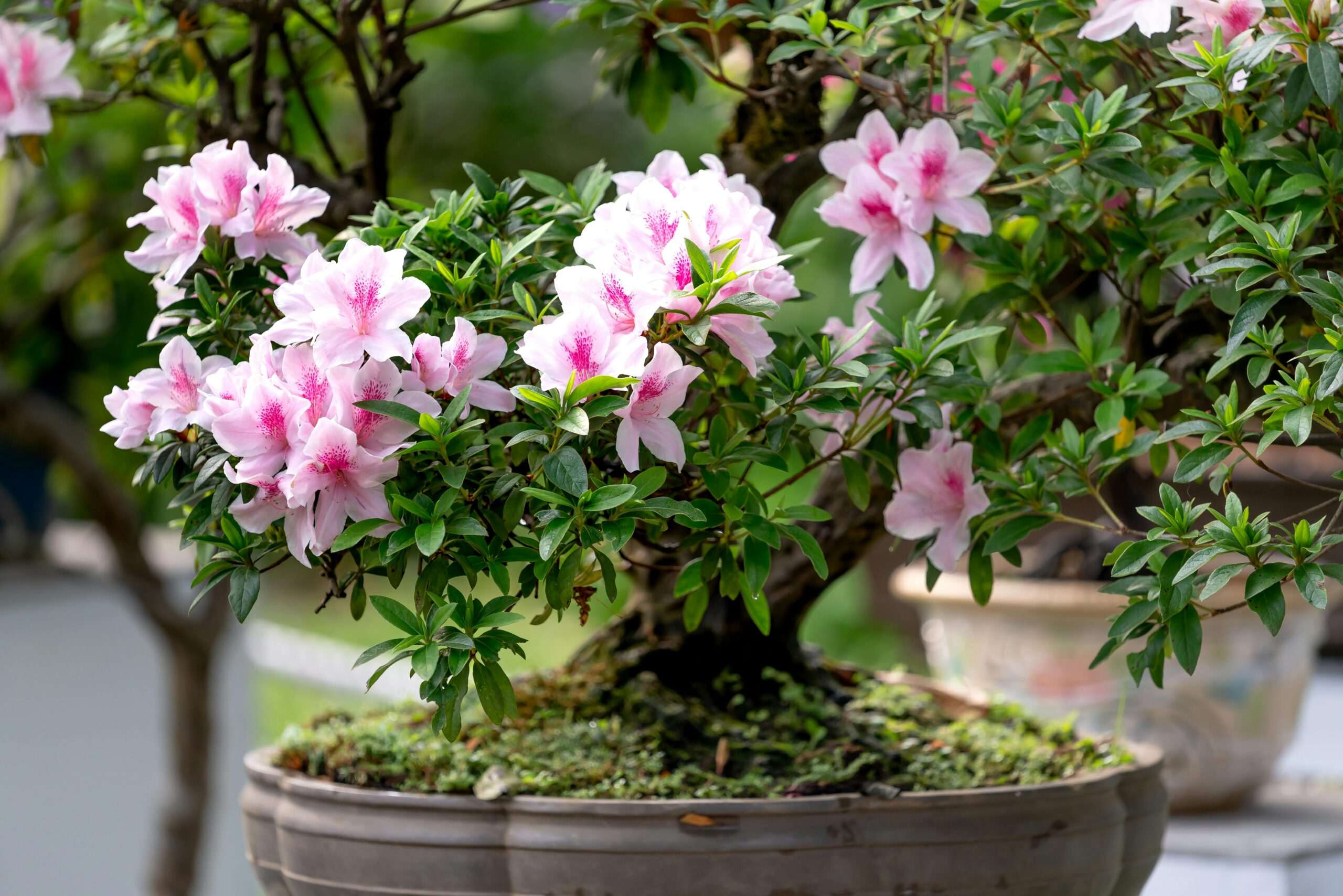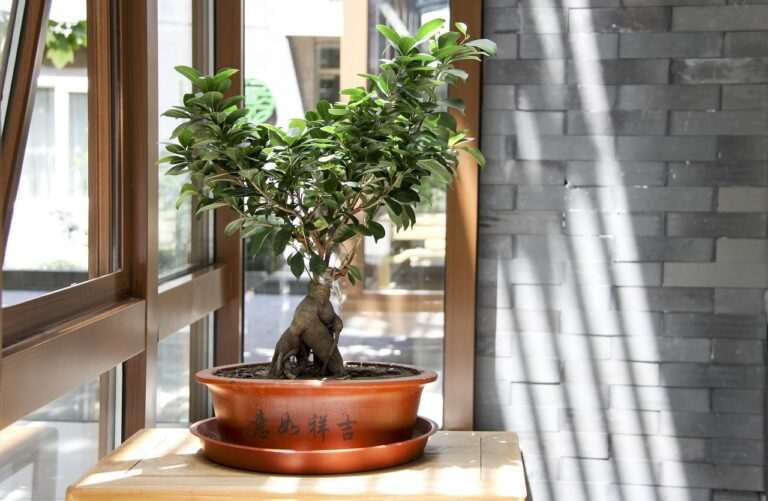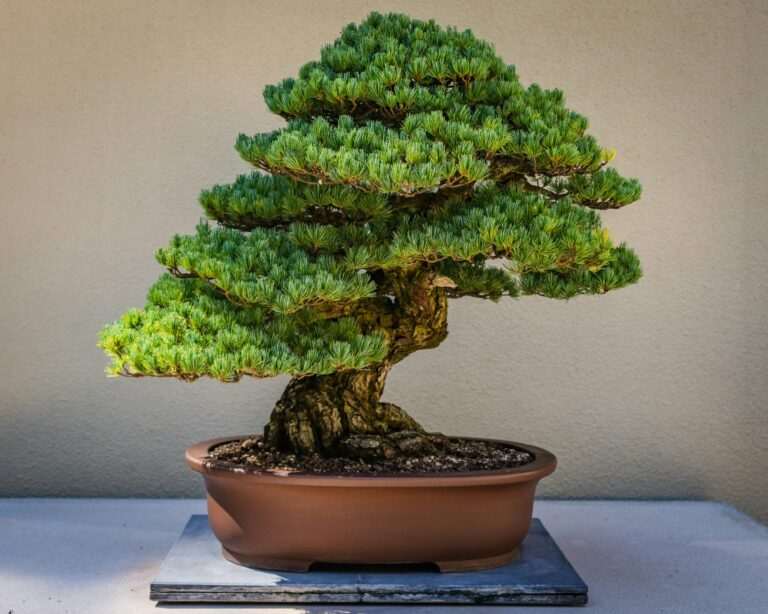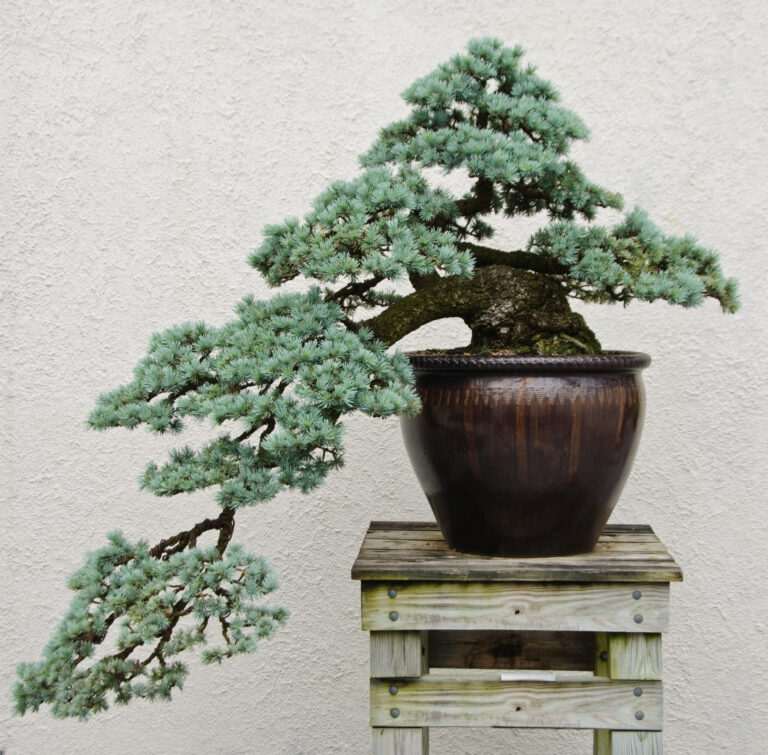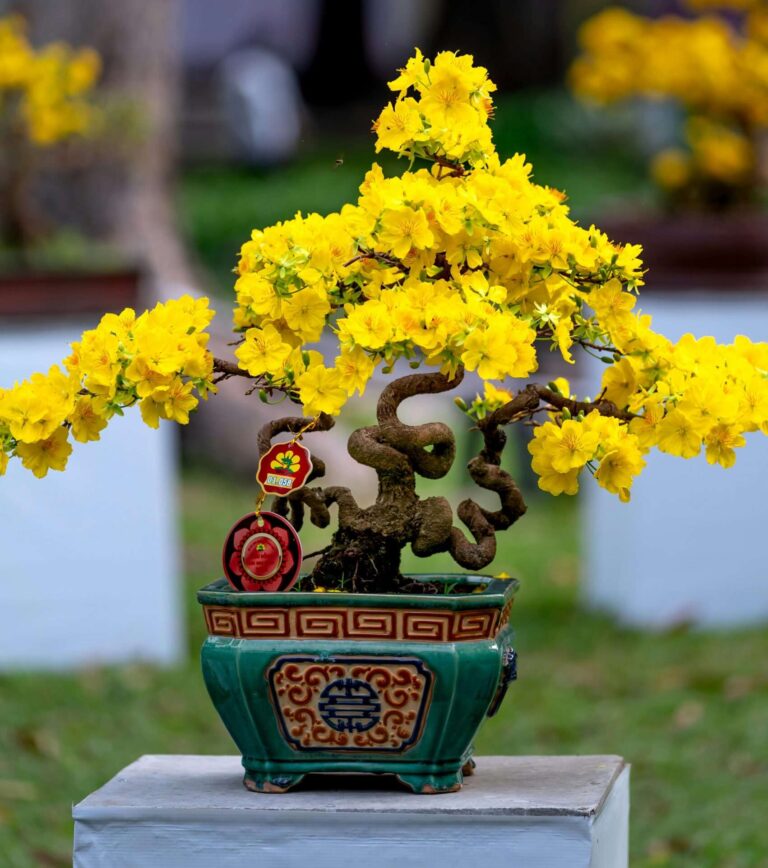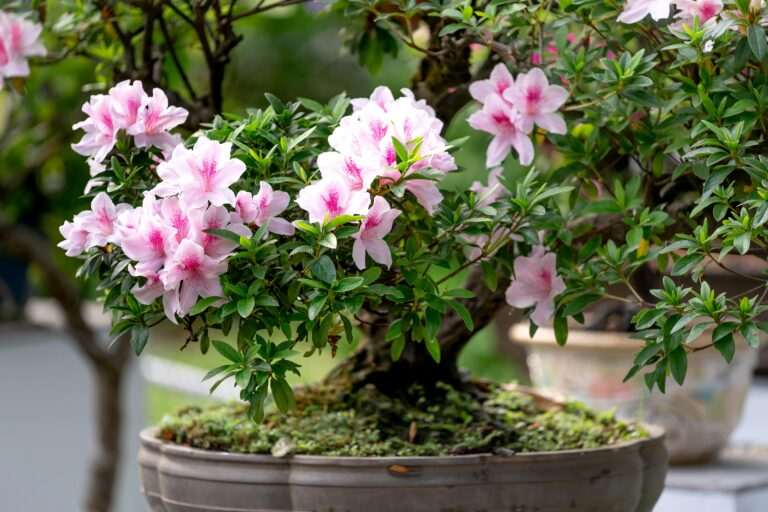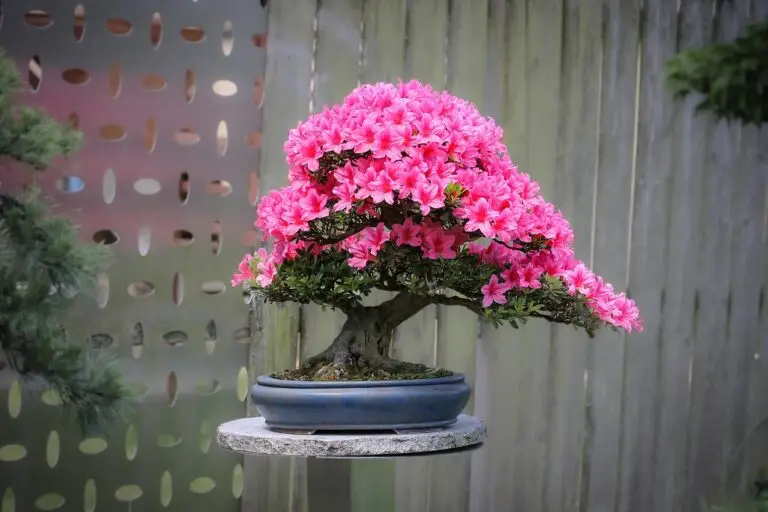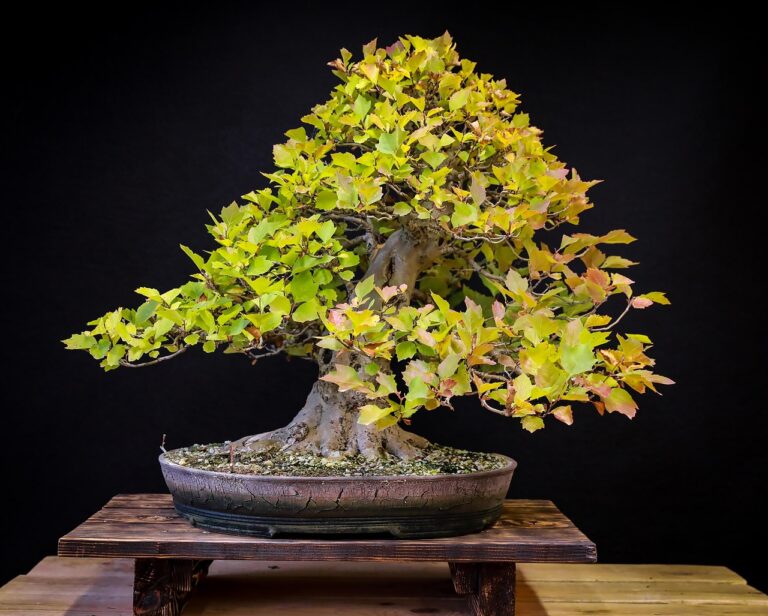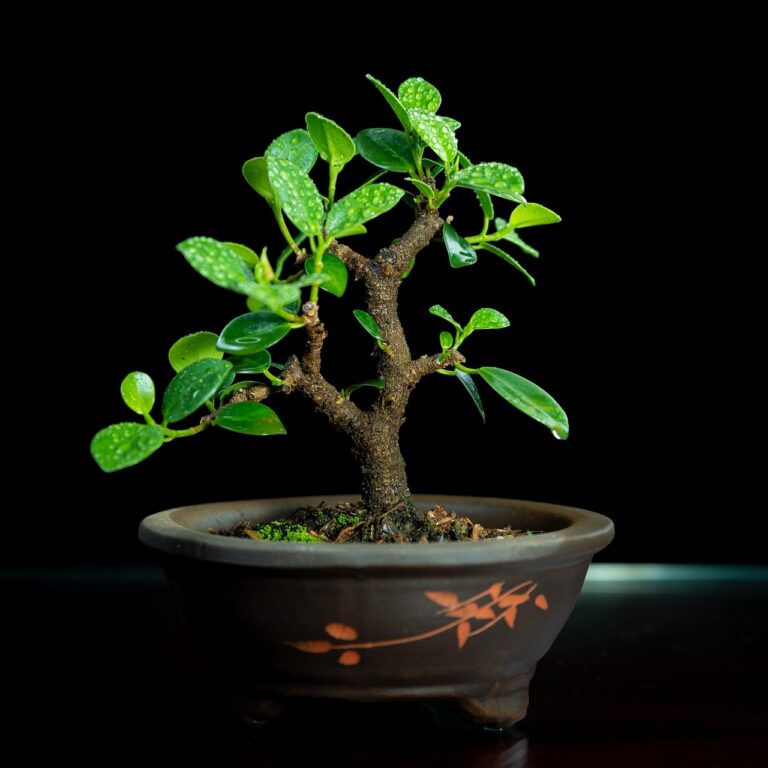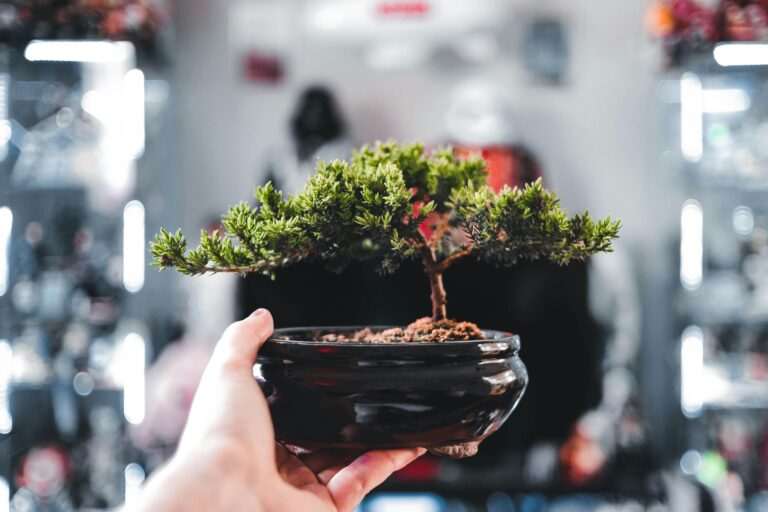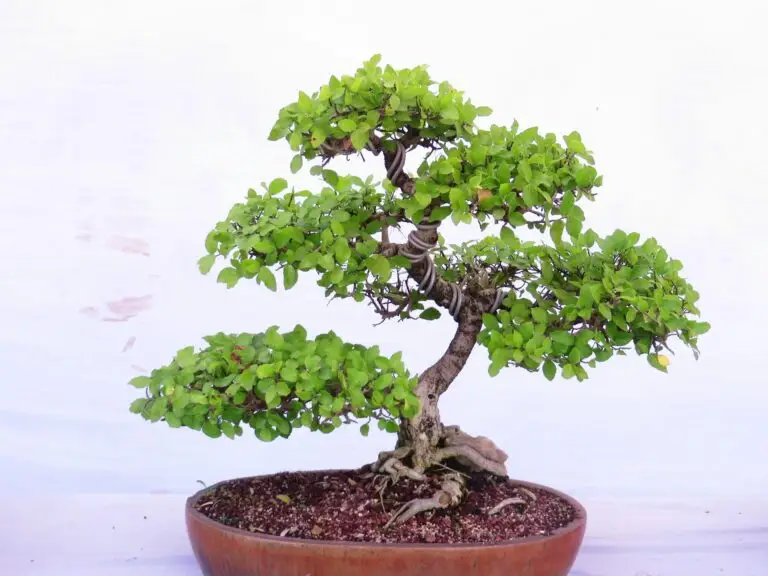Related Articles
Introduction to Bonsai Care: The Bonsai Path Begins
Bonsai may be small, but caring for one is anything but trivial. These living sculptures demand patience, precision, and a keen eye for detail — yet reward you with a tree that feels both timeless and personal. In this guide, you’ll learn exactly what your bonsai needs to thrive: from watering and pruning to soil choice, sunlight, and seasonal care. Whether you’re shaping your first sapling or refining a decades-old masterpiece, you’ll find clear, practical steps to keep your tree healthy and your artistry growing.
Let’s begin.
New to bonsai? Download Master Mori’s free beginner’s guide, your first tree will thank you
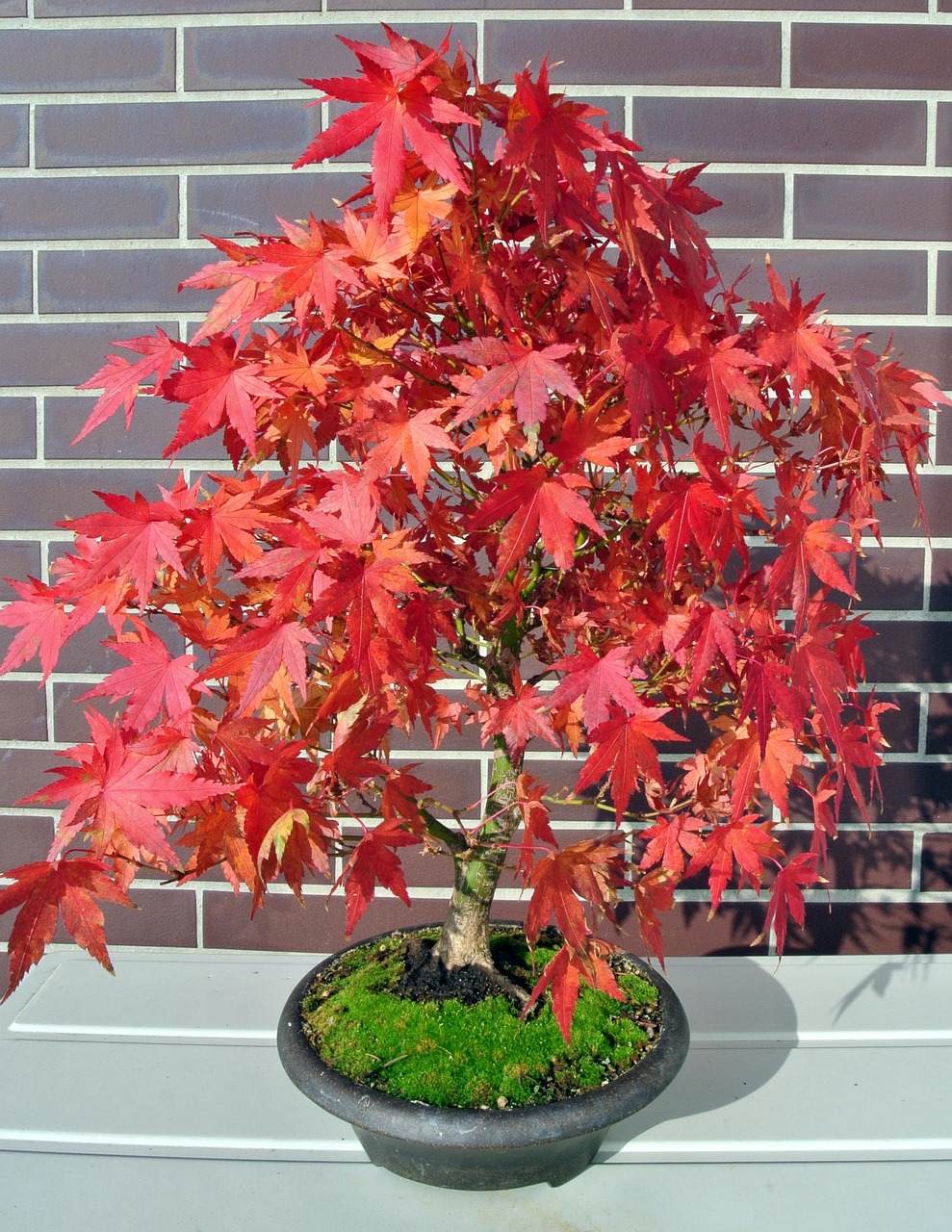
The Heart of Bonsai Care
Bonsai care is part gardening, part meditation, and part quirky obsession.
At its core, it revolves around five key practices:
Watering
Light & Placement
Soil & Repotting
Pruning & Shaping
Species-Specific Needs
And if you’re wondering: How do I keep my bonsai tree happy? The answer is balance. Balance of water, light, love, and an occasional song, if you’re so inclined.
To learn more about the 5 core principles of bonsai care, read Bonsai Care Made Simple.
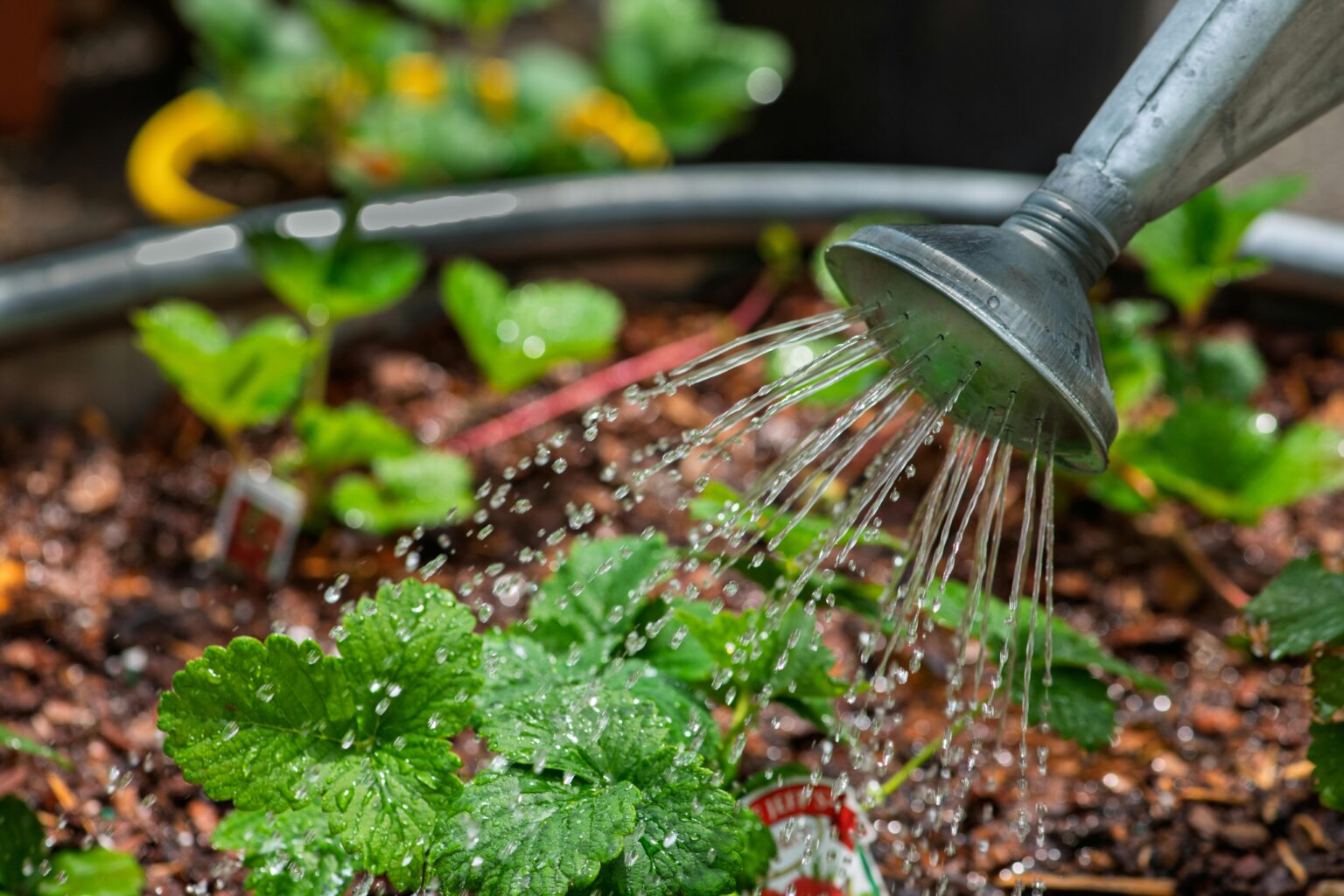
Watering Wisdom
Ah, the eternal question: How often do you water a bonsai? It depends. But here’s the short answer:
Water when the topsoil feels dry — not on a calendar.
Test it by sticking a chopstick or your finger 1 cm deep. That’s how to tell if bonsai soil is dry.
Want visuals? See our bonsai care guide.
Do you water bonsai from top or bottom? Top watering is best, but some trees enjoy an occasional bath from below.
Should I mist my bonsai tree? Yes, especially indoor types that crave humidity.
What does an overwatered bonsai look like? Yellowing leaves, black roots, and soggy soil that smells like a bog. Not ideal.
Can you revive a dry bonsai tree? With quick action, repotting, and pruning—yes, many trees bounce back. Start with our guide to saving dying bonsai.
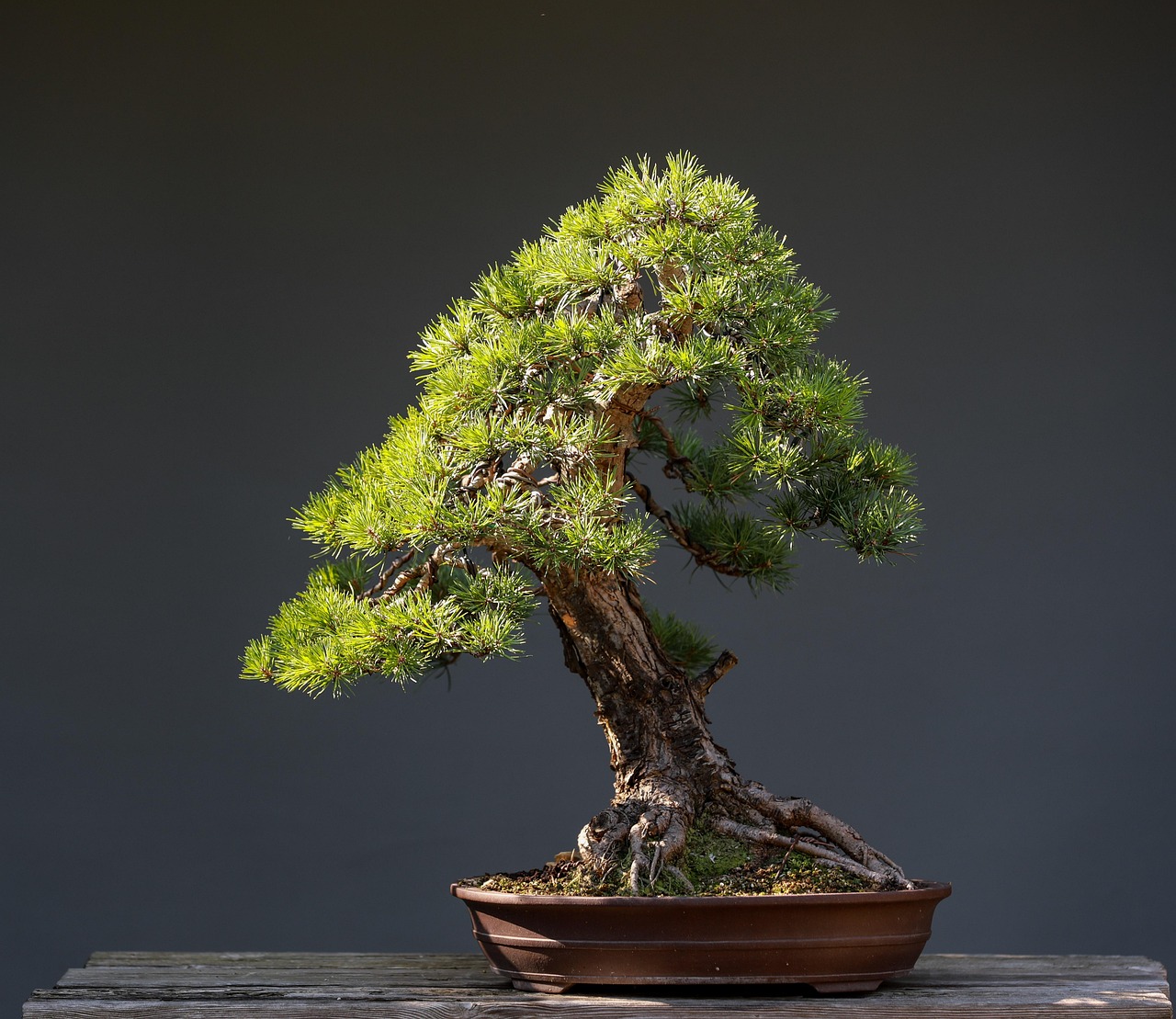
Light, Location & Mood Lighting
Where is the best place to put an indoor bonsai tree? Somewhere with indirect sunlight and good airflow. A north-facing window is your friend.
How to care for an indoor bonsai? Start with our full indoor bonsai care guide, and dive into the best bonsai trees for indoors too.
Outdoor trees need direct sun, but be careful with intense afternoon rays. Some like shade, others sunbathe. Know your tree’s species, and consult our species guides.

Pruning & Trimming: A Sculptor’s Touch
How to trim a bonsai tree? Use sharp tools and start small. Begin with Master Mori’s trimming guide.
Where to cut when pruning? Cut just above a node or leaf pair, ideally where you want new growth.
Want to shape like a master? Learn about the Rule of 3 in Bonsai.
Also:
How to make a bonsai more bushy? Pinch new shoots, prune back to two leaves, and give it good light.
What should you not do with a bonsai tree? Overwater, neglect pruning, or use poor soil. Here’s what not to do.
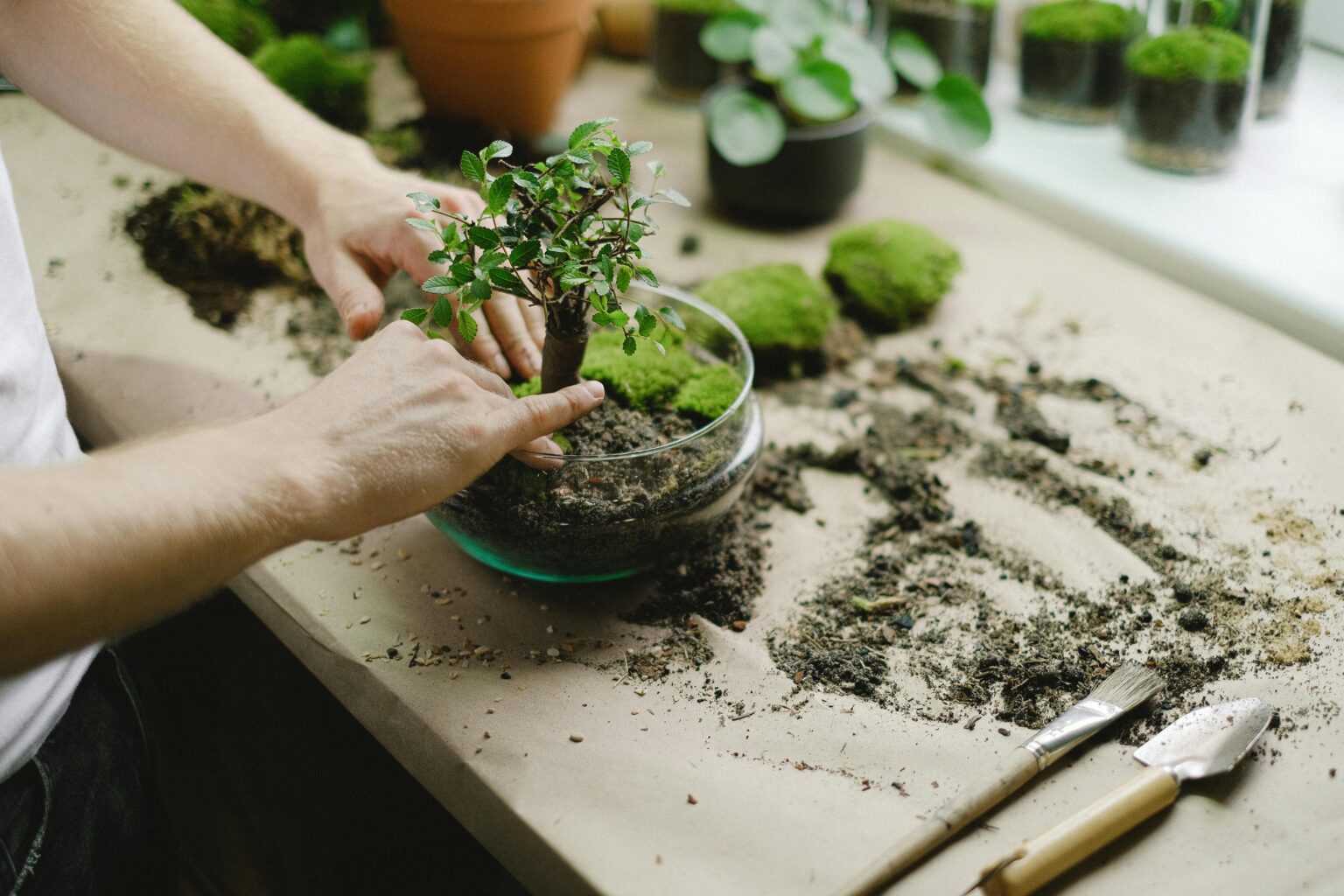
Soil, Repotting & Fertilizing
Your tree lives in a small pot. That means soil and feeding are critical.
Read our bonsai soil mix guide
Use bonsai-specific or well-draining mix
Repot every 2–3 years depending on growth
How often should I change the soil in a bonsai tree? Typically every 2–3 years, or if roots are circling the pot.
What fertiliser for bonsai? Use balanced liquid or slow-release.
Can you use Seasol on bonsai? Yes! Many bonsai lovers swear by it for root health.
When should you not fertilize a bonsai tree? Avoid feeding during dormancy or repotting recovery.
Is plant food the same as fertilizer? Generally yes, but look for nutrient-balanced blends labelled for bonsai.
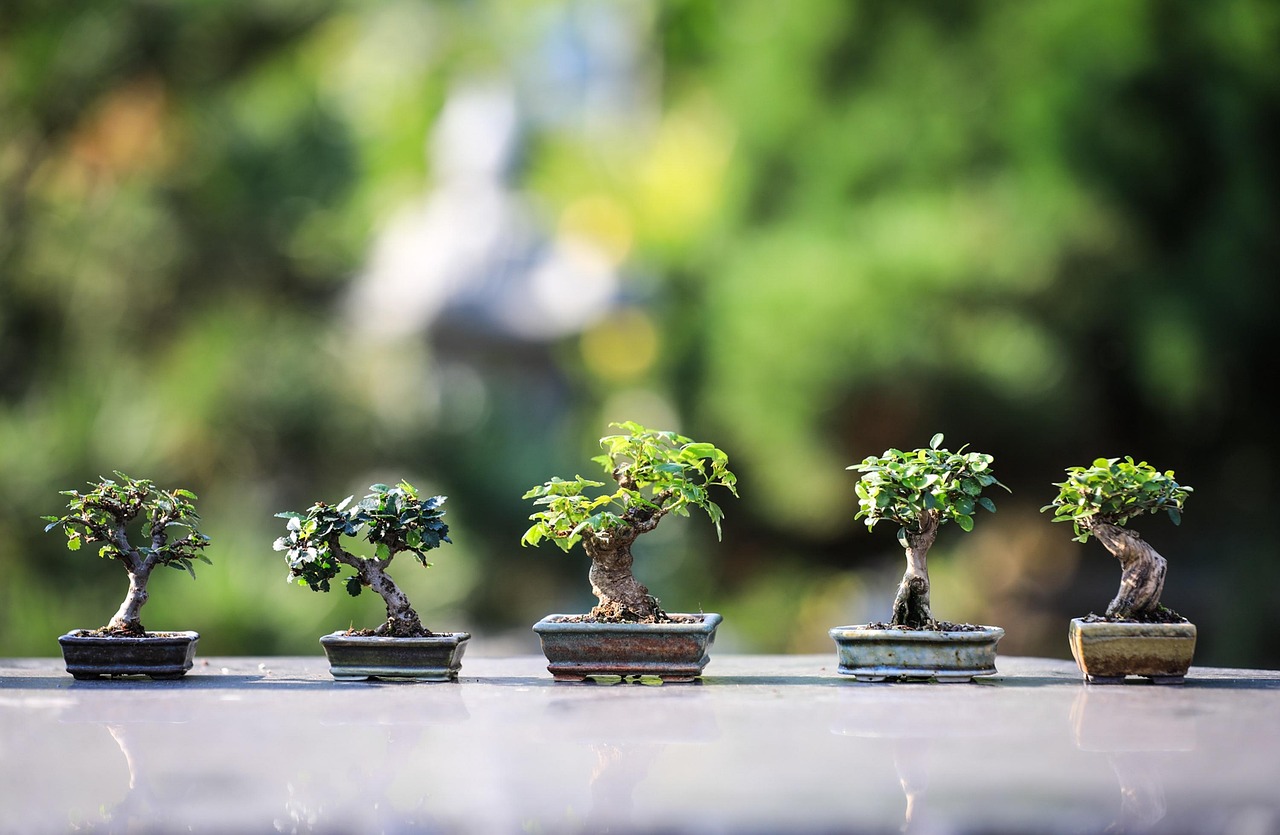
Species-Specific Guides
Every bonsai has its quirks. Get to know yours:
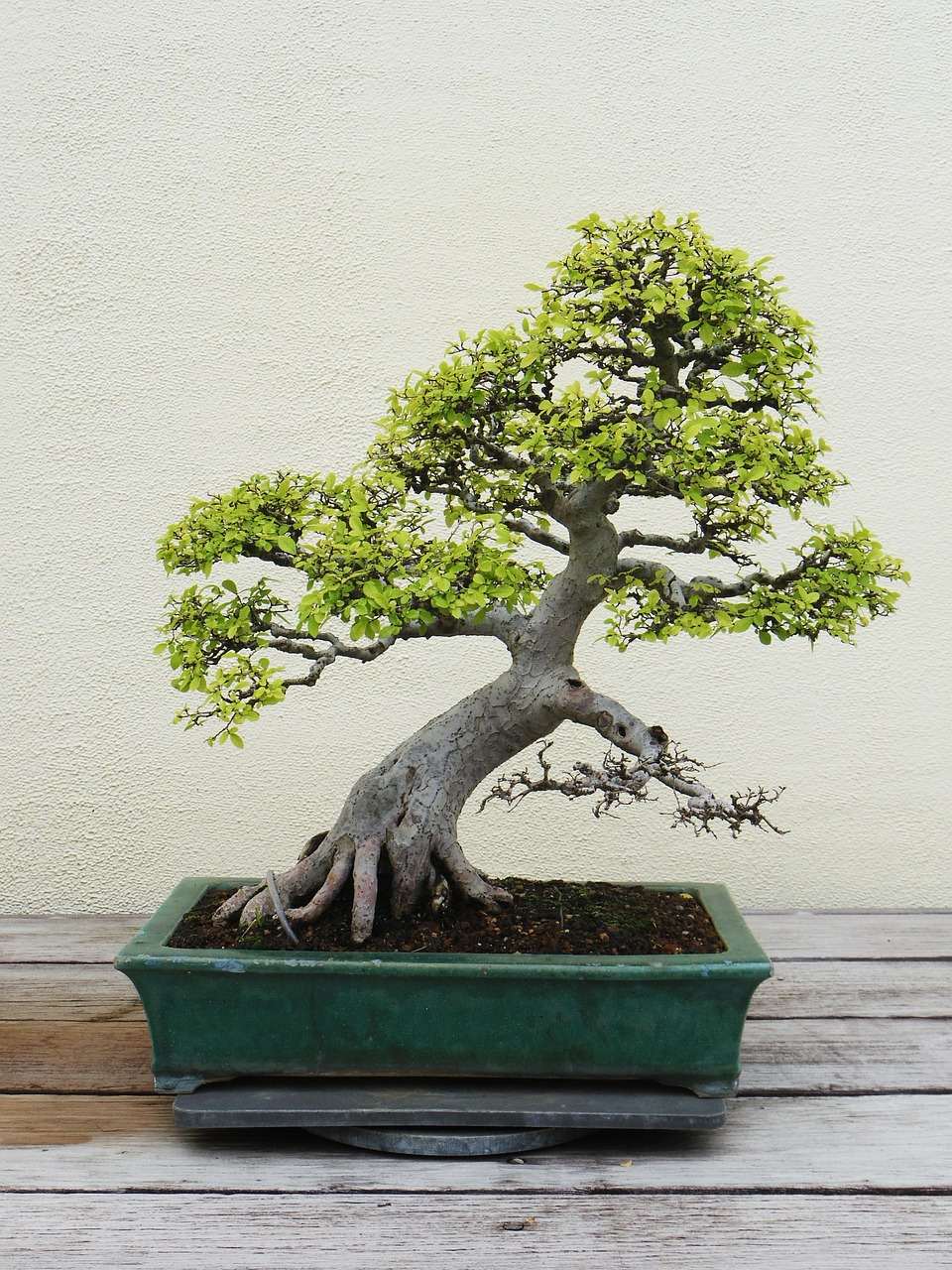
Beginner Bonsai? Start Here.
Why are bonsai trees so hard to look after? They’re not—they just require a rhythm. Once you find yours, it’s bliss.
Are you supposed to name your bonsai tree? Absolutely. Mori says: “If you talk to them, they should have a name.”

Common Bonsai Concerns
Why is a bonsai tree losing leaves? Could be overwatering, underlighting, or stress. Fix it here.
How to rejuvenate a bonsai tree? Prune, repot, fertilize, and give it some gentle encouragement.
Why is my bonsai tree crispy? Too dry or too sunny—move it, water gently, and check the roots.
How to fatten a bonsai trunk? Grow it in the ground or a larger pot temporarily. Patience = power.
Do bonsai trees flower? Many do! Bougainvillea, Azalea, Hibiscus, Wisteria…
Can you eat fruit from a bonsai tree? Yes, if it’s a fruiting species (but maybe don’t expect a feast).
Is bonsai a Feng Shui? Yes! It represents harmony, balance, and longevity.
Is my bonsai male or female? Most bonsai aren’t gendered unless they’re flowering plants that require identification.
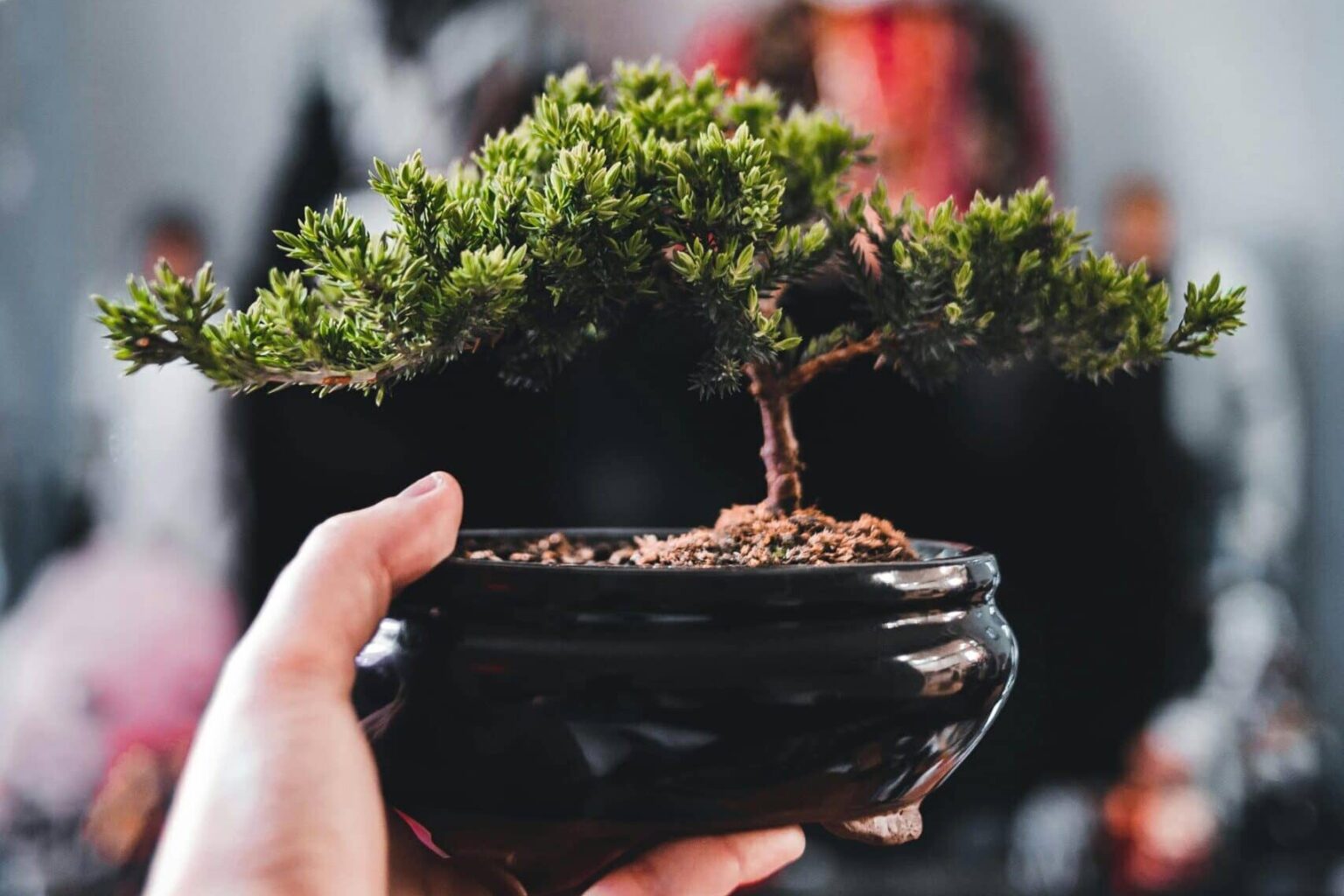
Conclusion: Walk the Path with Joy
Bonsai care is less about control and more about connection. The more attention you give your tree, the more it teaches you.
Return to this guide anytime you need help, clarity, or just a moment of peace. For everything else, browse the full archive and explore the growing bonsai library.
And remember…
Walk the path of bonsai.
Recommended Tools & Products
If you’re just getting started, these basics will do:
Click below to learn which are the best beginner bonsai tools you will need.
Bonsai Care Guide FAQ
Q: How do you take care of a bonsai tree for beginners?
A: Start with sunlight, proper watering, and a species that forgives your learning curve—like Chinese Elm or Ficus. Read the Ultimate Beginner’s Guide for the full path.
Q:What is the rule of 3 in bonsai?
Ah, a sacred little principle! The Rule of 3 guides trunk, branch, and foliage placement for balance and visual harmony. Discover it here.
Q: How often do you water a bonsai?
When the topsoil is dry—not before. Use your finger or chopstick to test. Learn more in the watering section.
Q:How to care for an indoor bonsai?
A: Give it indirect light, consistent watering, and good airflow. Follow our full indoor bonsai care guide and check out the best trees for indoors.
Q How to trim a bonsai tree?
A. Pruning is essential for maintaining the shape and health of a bonsai tree. This question garners significant interest from both beginners and seasoned hobbyists. Detailed tutorials, such as those on Bonsai for Beginners and Green Bonsai, provide step-by-step instructions on effective trimming techniques.
Q. What is the best fertilizer for bonsai?
A: Ah, fertilizer—the secret sauce of the bonsai world. Think of it as tea for trees, and every tree has its preferred blend. A balanced fertilizer with equal parts nitrogen (N), phosphorus (P), and potassium (K)—like a 10-10-10 or 20-20-20—is perfect for general health during the growing season. If your tree is pushing out new growth like an overenthusiastic apprentice, a nitrogen-rich blend in spring will give it a gentle nudge. In autumn, switch to a low-nitrogen mix to prepare it for rest. Slow-release pellets or organic liquids both work wonders, but avoid overfeeding. Too much fertilizer and your bonsai might grow faster than your wisdom—and that’s dangerous for both of you.
Q. Why is a bonsai tree losing leaves?
A: Leaf loss can be alarming and is a common concern among bonsai owners. Potential causes include overwatering, underwatering, inadequate light, or pest infestations. Informative articles from Bonsai Empire and Bonsai Tree Gardener explore these issues and offer solutions to restore your bonsai’s health.
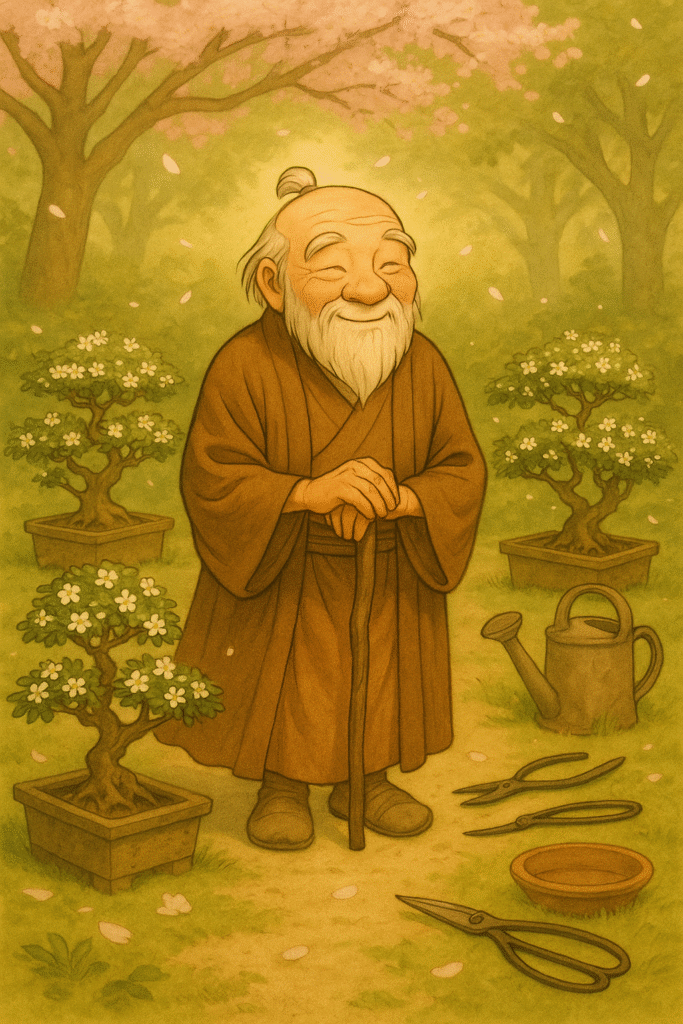
How do you take care of a bonsai tree for beginners?
Taking care of a bonsai tree starts with understanding its basic needs: sunlight, regular watering, pruning, and repotting. Choose a beginner-friendly species like a Ficus, place it in bright indirect light, keep the soil slightly moist, and trim gently to maintain its shape. Start small, be patient, and enjoy the journey.
Young seedling, now that you have read Bonsai Care Guide, you have now learned the roots of bonsai care. The art of bonsai is not about control. It is about connection.
You will make mistakes. Leaves will fall. But with patience, presence, and a dash of humility, you will find your rhythm. One pruning, one watering, one moment at a time.
So pour yourself a cup of tea. Sit in silence. And gaze upon your bonsai. In that stillness, you may just hear it whisper back.
“Walk the path of bonsai.”
— Master Mori
Related Blogs
For more information read the Bonsai Wikipedia
Don’t leave empty handed. Subscribe to our newsletter and download our free guide. Master Mori’s Will Show You the Way
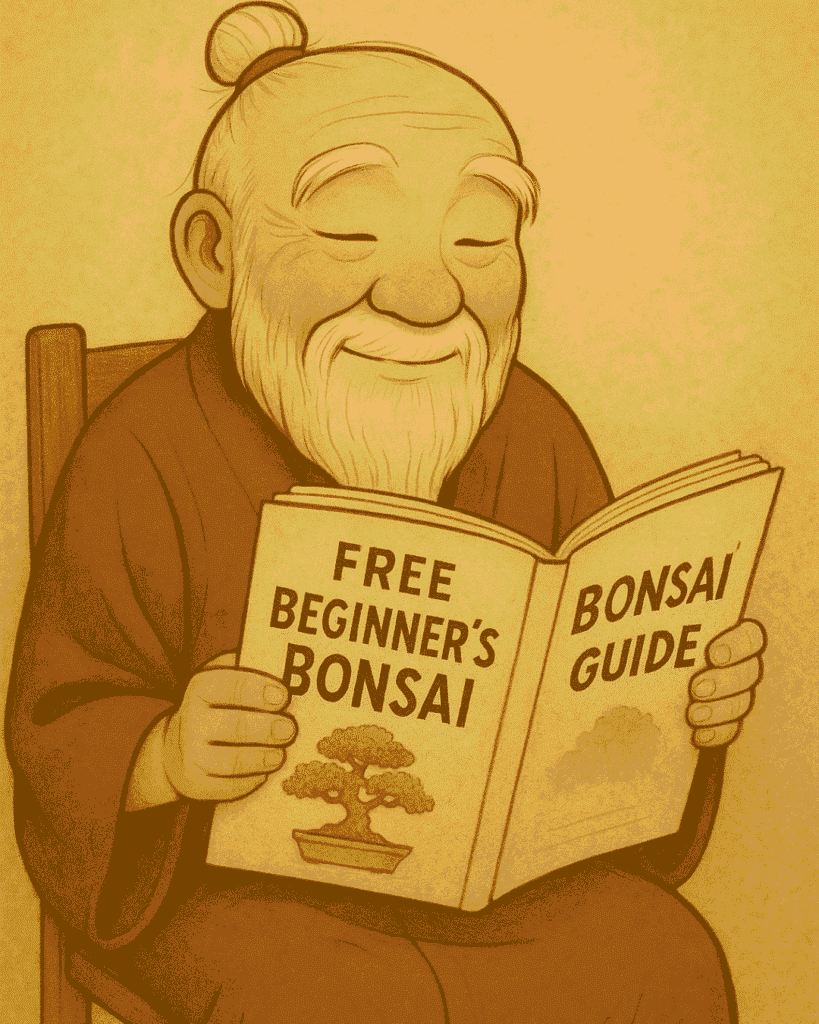
Explore More Bonsai Wisdom — All Articles
Take the next step on your bonsai journey. Below you’ll find every article we’ve published, thoughtfully grouped for easy discovery.
